Funding desperately needed to fight vicious yellow crazy ants in six Townsville suburbs
On the front line of Townsville’s Yellow Crazy Ant infestation, local residents have revealed the devastating consequences from this preventable environmental disaster. Read what is holding back TCC from throwing everything at the problem >>
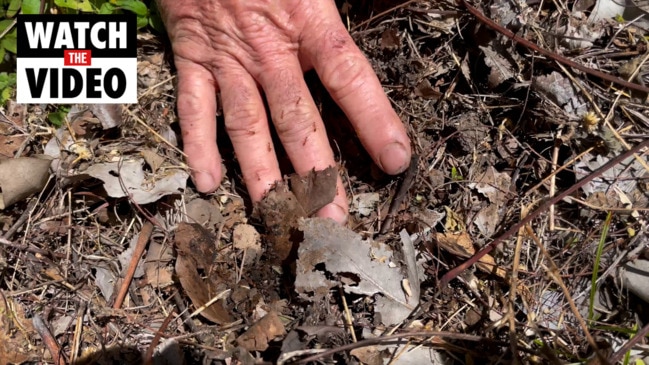
Townsville
Don't miss out on the headlines from Townsville. Followed categories will be added to My News.
AN environmental disaster is slowly unfolding on Townsville’s outskirts with one of the world’s worst invasive species taking an alarming foothold.
Known as “forest killers”, yellow crazy ants have established eight infestations in six Townsville suburbs, with the Invasive Species Council warning that there would be devastating consequences for local residents, businesses and industries unless decisive, large-scale action was taken quickly.
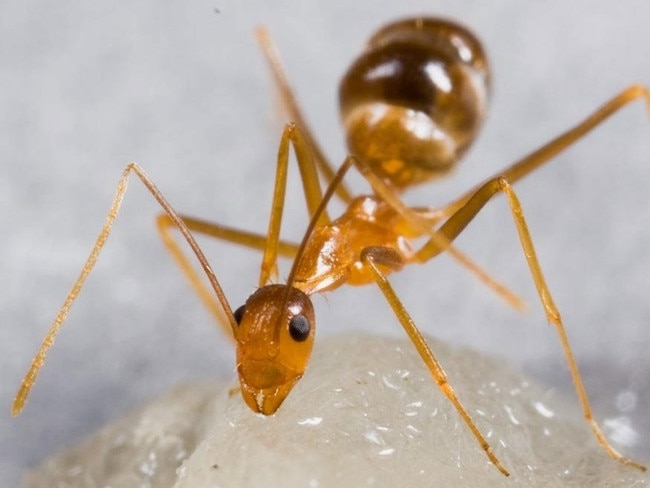
Tasked with bringing the ants under control, Townsville City Council confirmed the presence of crazy ants in Alligator Creek, Black River, Douglas, Mount St John, Nome, and Stuart.
On the front line in the battle against the vicious insects, long-term Alligator Creek residents Ian and Francis Chatterton said the hill which once teamed with wildlife behind their property, now sat eerily silent “like a desert”.
After noticing unusual ants, which looked similar to native green ants, scampering across their veranda in March, it took a Google search to confirm the news they had been dreading.
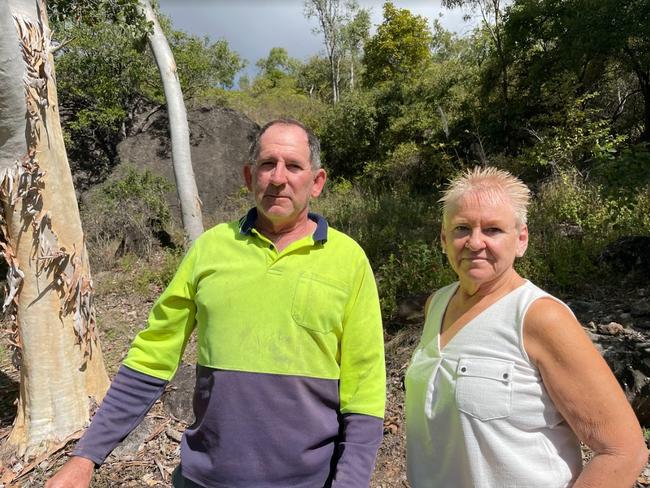
Ms Chatterton said the infestation was quickly confirmed by a TCC officer, with her husband going on to discover nests scattered throughout theirs and neighbouring properties.
“We went oh s--t, they’re everywhere. They’ve been there for ages and we just didn’t know, and then all these other things started to make sense,” she said.
“The annoying bloody possum that always lived out the back, he’s down the front in our mango tree.
“The brush turkeys used to nest up the back and then they started building their nest beside our house.”
She thought it was odd to see a blue tongue lizard half way down the block while she was mowing, given they usually stayed up on the hill.
“There’s nothing up the back anymore, the ants have chased them away or eaten them,” she said.

One night she heard a green tree frog screaming like it was being eaten by a snake but after it kept going, they found it covered with acid burns and crazy ants.
Touring their yard with Invasive Species Council representatives visiting from Canberra, Mr Chatterton described seeing the ants “boiling out like lava” from disturbed logs and the “honeycombed ground”.
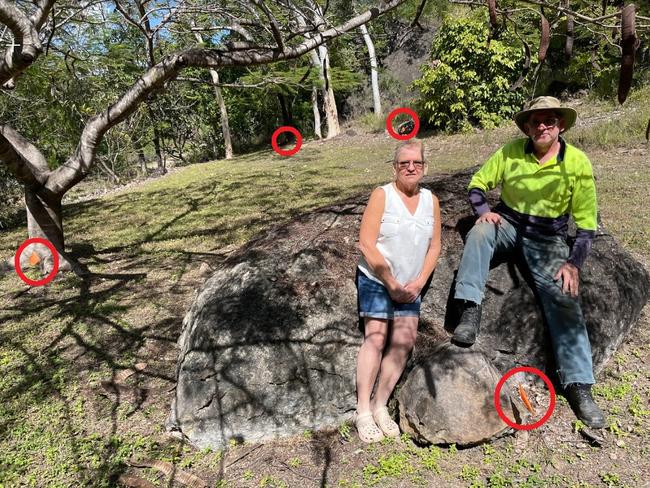
With small orange flags dotted throughout their backyard to mark known colonies, Ms Chatterton said the infested areas were out-of-bounds for kids and pets.
“They’ll spit acid on you and if you get too many on you, you could get a rash from them,” she said.
The Chattertons estimate they have spent $500 (so far) on insecticide to kill the ants and create a barrier around their house, but without targeting the queens, recognised the futility of their efforts.

“I think everyone should be (concerned). They really can’t afford to let it get any further. Fix it now while you’ve got the opportunity or else it’s gonna cost us millions,” she said.
“And the threat to the environment itself is just incredible, because I’ve seen some of it just at our place, let alone thinking about what dangers are they doing on a grand scale if they get into Mount Elliot National Park.
“It doesn’t bode well when you’ve got a species that can wipe out so many things.”

More boots needed on the ground
Responsible for carrying out field surveillance work, along with advocacy work and community education, Townsville Yellow Crazy Ant Taskforce Community Coordinator Bev Job has worked closely with the Chattertons and other Townsville residents impacted by yellow crazy ants.
She warned that Townsville’s economy, real estate, tourism, agriculture and social amenities were all at risk.
“We’ve got yellow crazy ants 3.8km from the edge of Bowling Green Bay National Park and if they get in there, they could literally wipe out our endemic species up there.
“If we do nothing, we will literally see extinctions.”
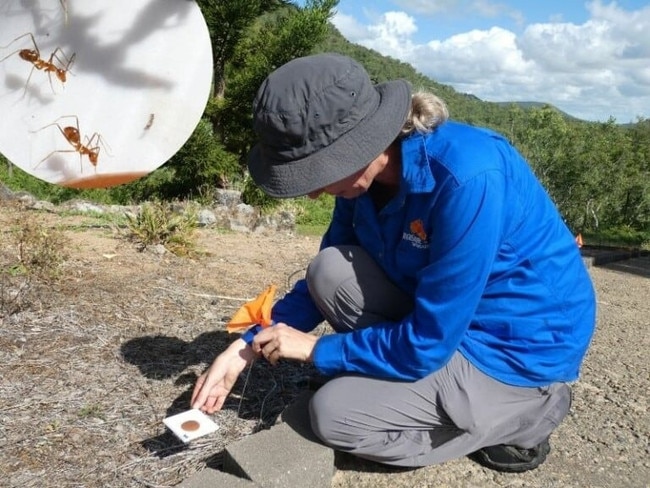
Traditional ant baiting programs were successful by dropping granules that ants carried back to their colonies, which killed their solitary queen.
She said what made yellow crazy ants so difficult to eradicate was their capacity to have multiple satellite queens in their supercolonies.
“One of the nests in the Northern Territory, they stopped counting after 1000 queens in the colony,” Ms Job said.
“(You need to do) pre-treatment surveys, baiting, and post-treatment surveys for a number of years before you can declare eradication.”
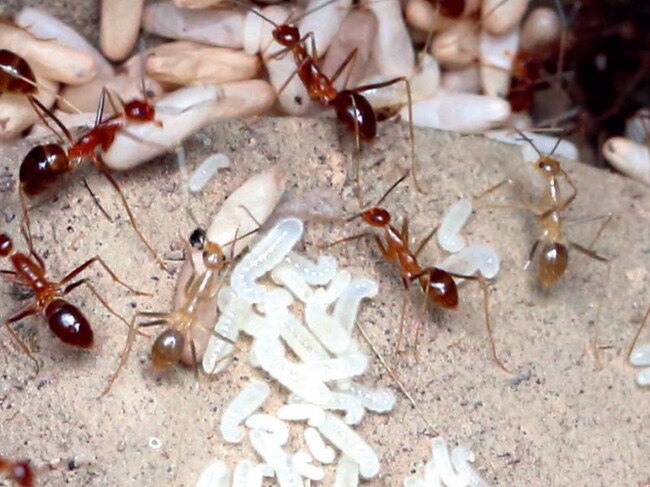
While state and federal governments have previously poured $30m into fighting the ants around the Cairns region, she said Townsville had missed out, leaving Townsville City Council to pay a “ridiculous amount of money” to fight the ants.
“We’ve got areas that simply haven’t been treated in that time because there’s been no funding for it and so they’re just getting bigger,” she said.
“The council is doing what they can and they now are getting some funding and are slowly working their way through the seven suburbs.
“There’s less than three people a week working on a project that the 10 year plan says needs 15 full time staff and 30 seasonal staff.”
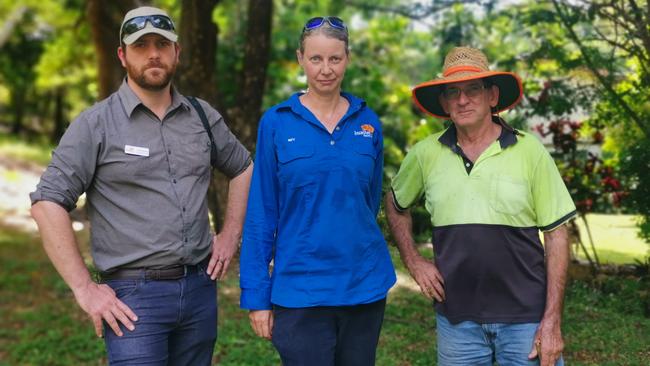
Council waiting for promised money to start flowing
In the lead up to the 2022 Federal Election, Labor pledged $24.8m towards yellow crazy ant control programs around Townsville and Cairns.
Townsville City Council’s Community Health, Safety and Environmental Sustainability Committee chairman Maurie Soars confirmed that federal funding was still yet to flow to tackle the problem.
“We are at a tipping point now here in Townsville and we would welcome any opportunity to work with both levels of government to eradicate the infestation,” Cr Soars said.
“(We’re) still waiting for (the funding), and we’re waiting for the new Minister (for the environment Tanya Plibersek) to actually get back to us.
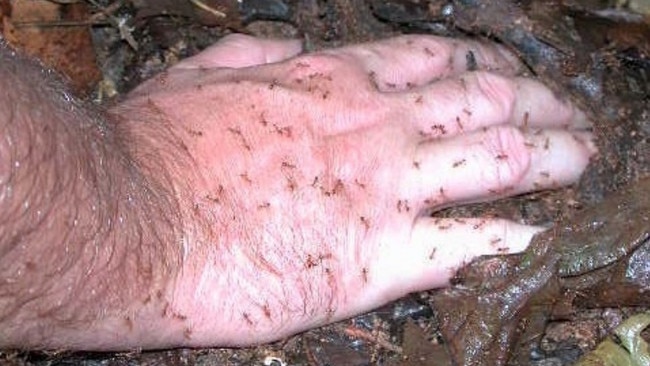
“I did ask our team to make sure our business case was robust and ready to go.”
He said there were multiple parties involved, including the Invasive Species Council, to ensure they got the best outcome.
“Cairns have been trying to address this for some time now and they’re having some success up there.
“We want to get on the tail of the expertise that they’ve been able to obtain, because we could apply it down here.”
Minister Pilibersek’s office was unable to provide a timeline on when funding would begin to flow to Townsville or explain what obstacles stood in the way.
A Department of Climate Change, Energy, the Environment and Water spokesman said the responsibility for their management was primarily with the Queensland Government and council.
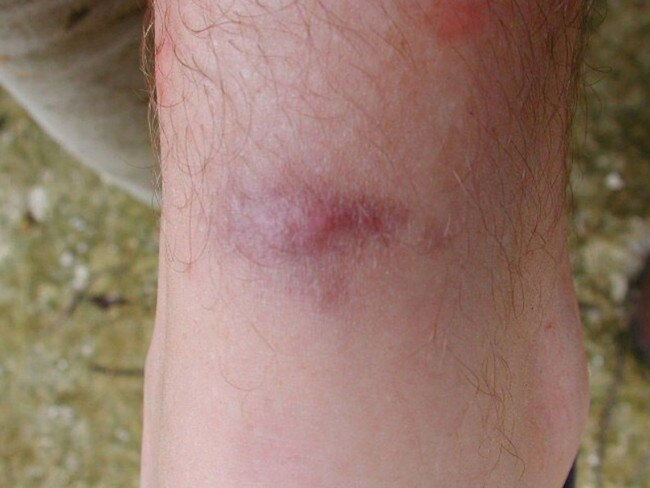
“The Australian Government has committed a further $24.8 million to fight Yellow Crazy Ants in Cairns and Townsville under the Saving Native Species Program.
“This funding will build on previous yellow crazy ant control in and adjacent to the Wet Tropics around Cairns, which is currently managed by the Wet Tropics Management Authority, and in Townsville assist local and state government efforts.
“This is in addition to the Department of Agriculture, Fisheries and Forestry funding projects to improve the detection and management of invasive ant species including James Cook University’s eDNA project which will support field identification of yellow crazy ants.”
The state government was unwilling to be drawn on whether they would contribute funding, like they had in Cairns, towards tackling Townsville’s crazy ant problem.
Minister for Agricultural Industry Development and Minister for Rural Communities Mark Furner said his government was keen to work with the new Federal Government on a wide range of issues.

“Any funding in the biosecurity area is welcome and we would expect to have discussions about the implementation of the new Federal funding at the appropriate time,” Mr Furner said.
“Local governments must have a biosecurity plan that outlines an achievable strategy to manage the impact of yellow crazy ants on social amenity in its area.
“Biosecurity Queensland works with councils and industry to assist landholders to manage many invasive pests, such as yellow crazy ants, and their ongoing impacts.”
Under the Biosecurity Act 2014, he said residents had a general biosecurity obligation to take reasonable and practical measures to manage the impact of yellow crazy ants on themselves, their property and livestock and other things under their control.
More Coverage
Originally published as Funding desperately needed to fight vicious yellow crazy ants in six Townsville suburbs





